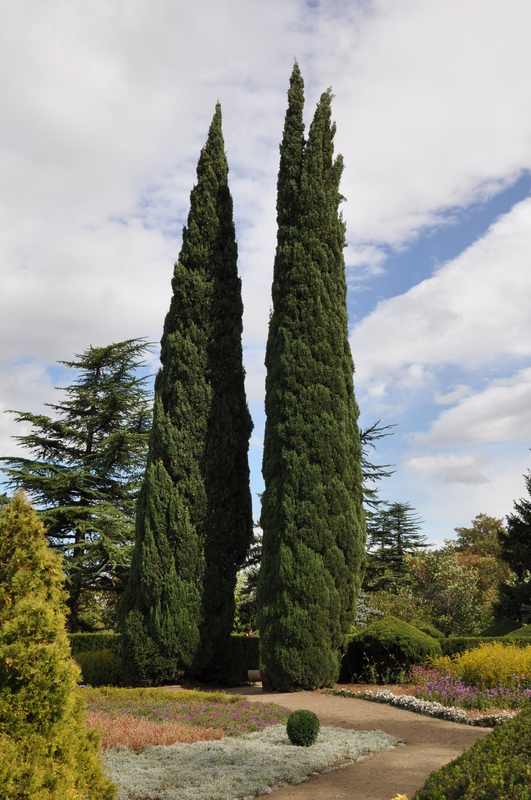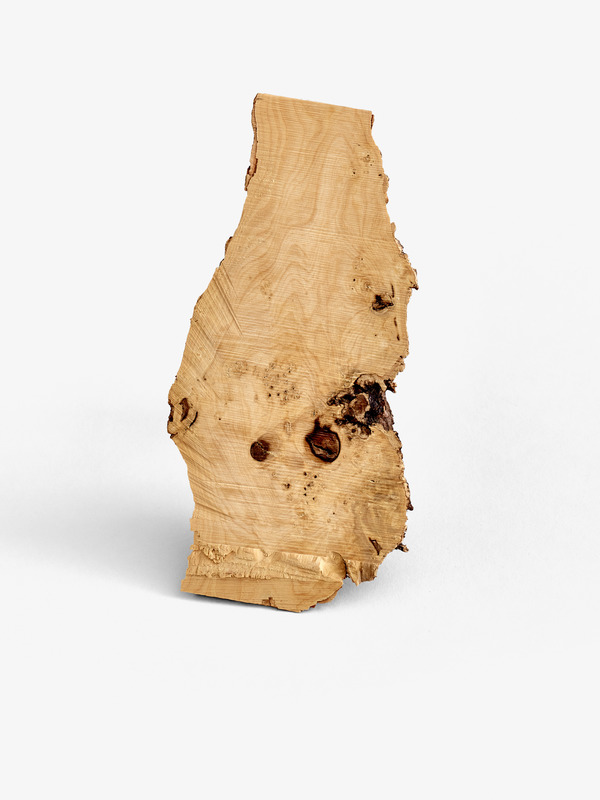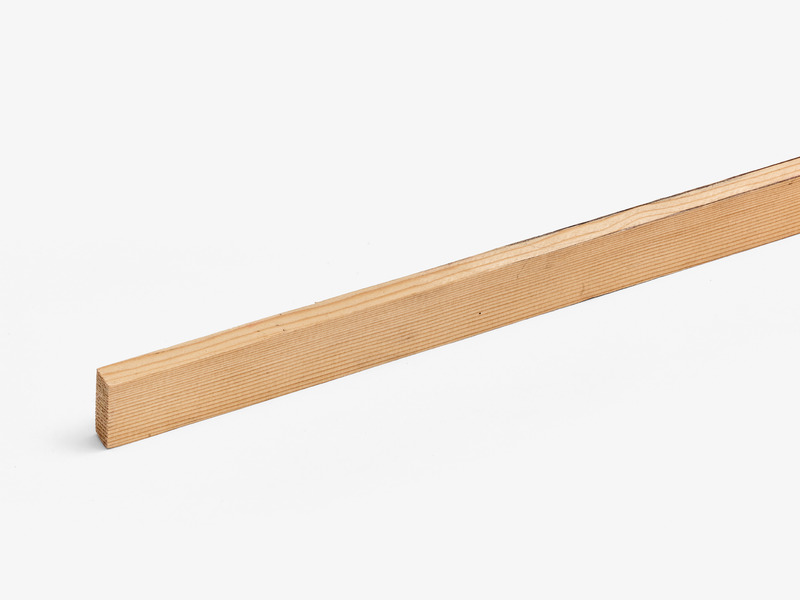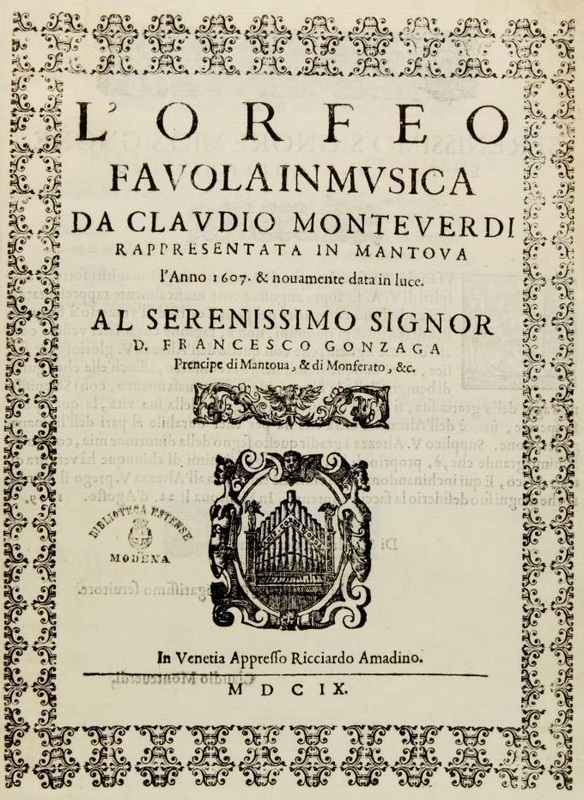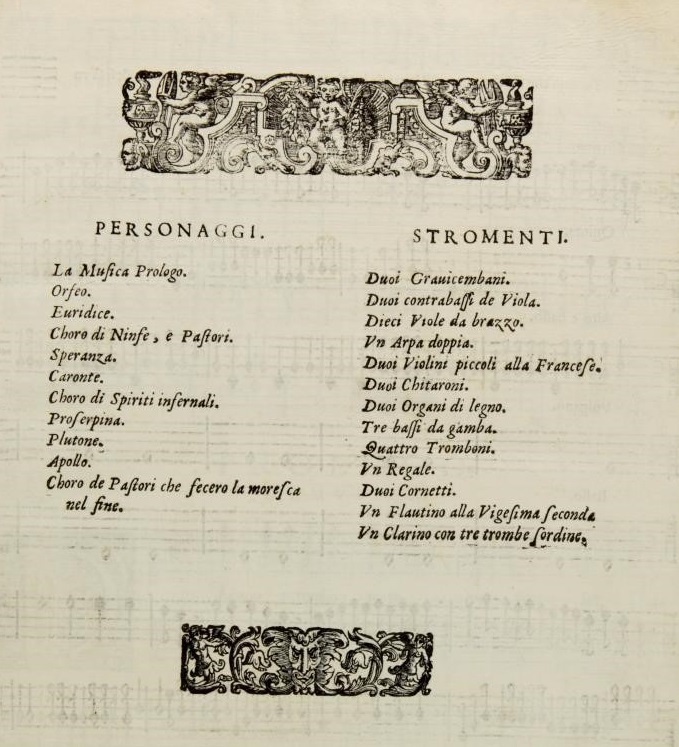Cypress, a Mournful Wood
The species of wood that is most often mentioned in primary sources as the material for the pipes of the organo di legno is Mediterranean cypress or Cupressus sempervirens. The family of plants to which Cupressus sempervirens is very old. Recent research traces its origins to the Mesozoic era and the supercontinent Pangea.
In ancient Roman literature, the cypress tree often represents death, mourning, or loss. The material origin of this association may be linked with cypress’s pronounced scent, spicy and evergreen, which could be used at funerals to mask the stench of death.[1] Death remained an association of cypress wood, in the form of the organo di legno, in early modern times. The instrument was the preferred organ to be used in productions of opera and other theatrical music in the seventeenth century, in which context it was typically used to accompany dramatic moments related to death and the underworld.
Claudio Monteverdi's L’Orfeo
The opera L’Orfeo by Claudio Monteverdi, which premiered at Mantua in 1607 and is often still performed today by ensembles specializing in early music, calls for two organi di legno (“duoi organi di legno”). According to instructions written into the music, one of these two instruments was intended to accompany key dramatic moments in the opera, including “Ahi, acerbo,” the Messenger’s dramatic pronouncement of Euridice’s death, “Tu se’ morta,” Orpheus’s lament upon learning of his beloved’s death, and “Possente spirto,” the legendary song that Orpheus sings to persuade Charon, ferryman of Hades, to give him passage to the underworld.
Despite the prominence of the organo di legno in Monteverdi's L’Orfeo and other early modern Italian music, today early music groups specializing in this repertoire rarely use an organo di legno in their performances. Very few organi di legno from the period still exist, and thus there are few models for anyone interested in reconstructing an organo di legno to study. Moreover, the rare organi di legno that do survive have been modified in the intervening centuries.
In the list of instruments printed in the 1609 edition of L’Orfeo, “Duoi Organi di legno” appears half down. Other instruments that are listed include harpsichords, a double harp, viols and violins in various sizes, chitarroni (also known as theorbos), trombones, cornetts, a regal organ (characterized by a single rank of reeds with short resonators), trumpets with mutes, and a soprano recorder.
[1] Catherine Connors, “Seeing Cypresses in Virgil,” The Classical Journal 88.1 (1992): 1-17 at 1.
Citation: Leon Chisholm, ‘The organo di legno’s timbral timber’, in: Materiality of Musical Instruments. A Virtual Exhibition.

